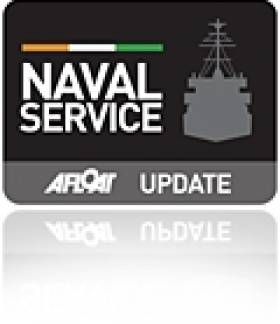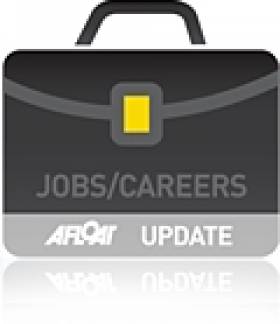Displaying items by tag: Naval Service Officers
First Female Naval Commander Wins Inaugural Cork Woman of the Year Award
#NAVAL SERVICE-Lt Commander Roberta O'Brien, Ireland's first female commander of a Naval Service vessel, has been announced as the inaugural C Woman of the Year Award 2011.
In a ceremony held recently in the city's Imperial Hotel, over 90 women had been shortlisted for 18 categories and the overall C Woman of the Year 2011 was announced to the recipient.
The winning citation read:-The judges have decided that the recipient of the inaugural award for the C Woman of the Year awards 2011 is a woman who has brought exceptional pride to Ireland and to Cork, to women in all professions in Ireland and who has served her country with pride and distinction in the protection and safeguarding of our nation. A native of the Glen of Aherlow in Tipperary and based at Haulbowline island in Cork.
Lieutenant Commander Roberta O'Brien took command of L.E. Aisling (P23) at a ceremony held in the Offshore Patrol Vessels (OPV) adopted port of Galway in November 2008.
Officer Cadetships in the Naval Service
The positions are Army Officers, Air Corps Officers (Pilot) and Naval Service Officers (Operations Officer or Engineering Officer). For further information including salary scale logon to www.military.ie/careers/officer
Applications for the 2011 Officer Cadet Competition are only being accepted online at www.military.ie and only from candidates who meet the minimum eligibility qualifications. Noting the closing date is 20 March 2011.































































